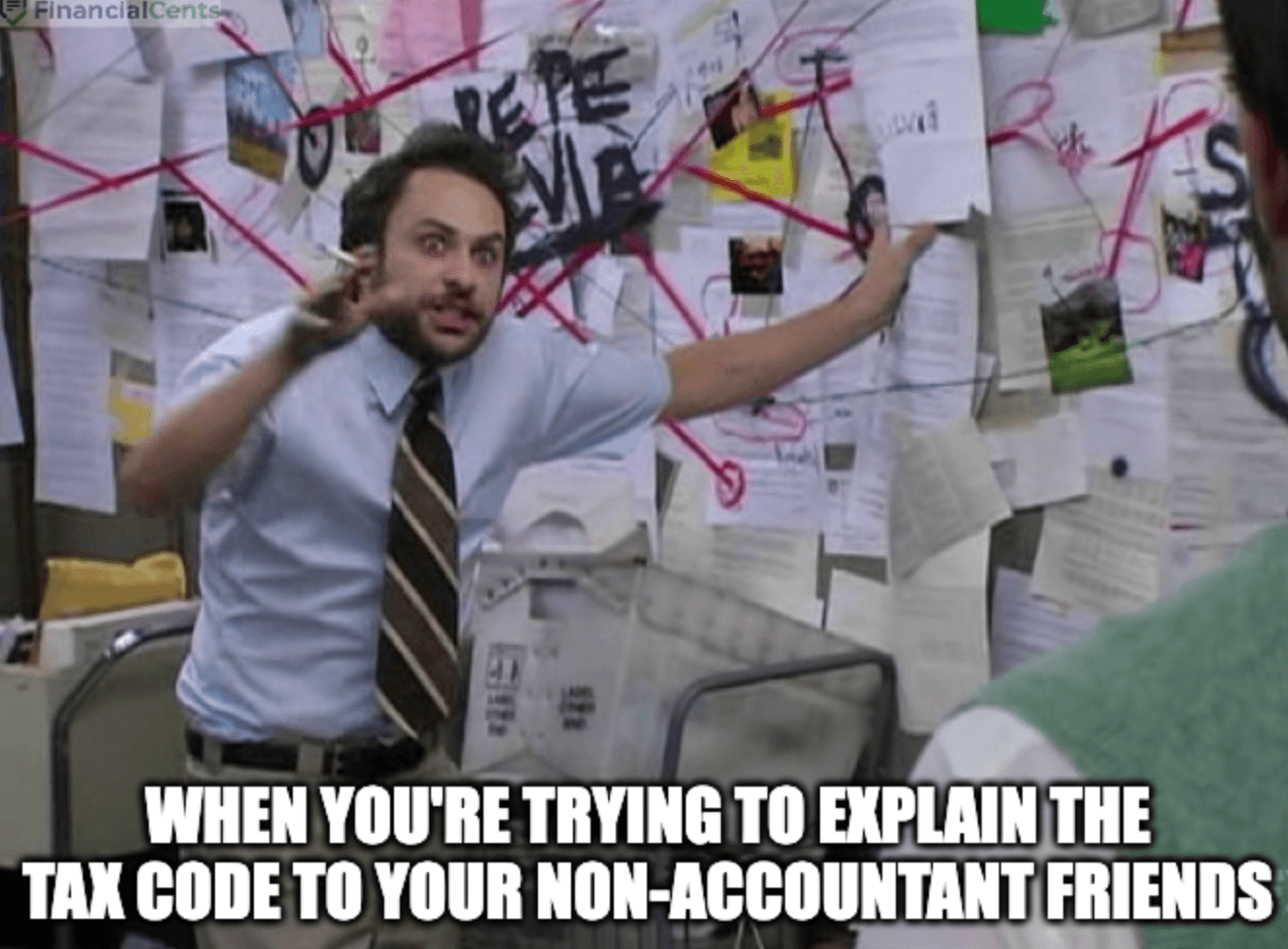Language:
Dollars and Declarations: A History of US Taxes (That Won’t Put You to Sleep)

Ever wonder why you have to file a return every year anyway? Taxes seem like a modern invention, but they’ve been around since the beginning of the US.
This article will dive into the history of American taxes. We’ll explore how taxes fueled our revolution, funded world wars, and even led to some famous protests (remember the Boston Tea Party?).
We’ll unpack how the tax system has evolved, from simple tariffs to the income tax we know today. So, buckle up and get ready — we promise it’ll be a more engaging adventure than wading through mountains of IRS tax forms!
Seeds of Rebellion: Taxation in the Colonies
The American colonies weren’t exactly fans of British taxes. These were different from your typical sales tax on groceries. Britain imposed “indirect taxes.” This means colonists paid for everyday items without a say in how that money was spent.
The Stamp Act of 1765 taxed paper goods like newspapers and legal documents. Colonists felt unfairly targeted — they had no say in the British Parliament, yet they were expected to pay more. The rallying cry “no taxation without representation” became a defining theme.
Things escalated further with the Townshend Acts 1767, which taxed essential goods like tea, glass, and lead. Colonists saw this as another attempt by Britain to control them.
Protests erupted, most famously the Boston Tea Party in 1773. Colonists, disguised as Mohawk Indians, boarded British ships and dumped crates of tea into the Boston Harbor. These tax grievances and protests may seem like ancient history, but they laid the foundation for a new nation.
Funding the Revolution and Beyond: Early US Taxes
Fresh off winning independence, the new United States had a big problem — money. The fight for freedom wasn’t cheap!
In 1789, the Constitution gave Congress the power to tax, but with limits. They couldn’t directly tax people’s income and turned to import tariffs. These were taxes on goods coming into the country, a reliable source of revenue. There were also excise taxes on specific American-made products.
In 1791, a tax on whiskey hit Pennsylvania distillers hard. They weren’t happy! The Whiskey Rebellion of 1794 saw frustrated farmers protest and even threaten violence. President George Washington himself had to step in to quell the uprising. It was a messy lesson in the challenges of early US taxation.
Despite these hiccups, import tariffs and excise taxes kept the young nation afloat. This system laid the groundwork for the more complex tax structure that would emerge in the future.
The Civil War and the Birth of Income Tax
The brutal Civil War (1861-1865) stretched the US government’s finances thin. Traditional taxes just weren’t enough to fund the massive armies needed to fight the war. Enter the income tax 1861 — the first federal tax on American incomes!
This wasn’t the income tax we know today. The rates were low and only applied to a small slice of the population—those with higher incomes. The idea was to spread the financial burden of the war more fairly.
However, the income tax wasn’t exactly popular. Many saw it as a temporary wartime measure. After the war ended in 1865, the government lowered income tax rates. By 1872, with the war a distant memory, the income tax was finally repealed. It wouldn’t return for another four decades.
The Progressive Era and the 16th Amendment
Fast-forward to the late 1800s and early 1900s. The United States was booming, but wealth wasn’t exactly spread evenly. The gap between rich and poor was widening, and many felt the tax system wasn’t fair. Enter the Progressive Era, a time of reform movements aimed at tackling social and economic problems.
One major concern was that the wealthy were paying a much smaller share of taxes compared to their income. Tariffs and excise taxes placed a bigger burden on the middle class and lower earners—basically, the ones who spent a larger portion of their income on basic necessities. Progressives argued for a fairer system—one that taxed the rich more and funded important social programs.
The answer came in the form of the 16th Amendment. Ratified in 1913, this Amendment was a game-changer. It gave Congress the official power to levy an income tax without limitations based on population. This paved the way for a permanent federal income tax that could be structured progressively, meaning that higher earners would pay a higher percentage of their income.
The 16th Amendment’s ratification wasn’t easy. Opponents, mostly wealthy individuals and corporations, argued it was an attack on their success. But the fight for a fairer tax system prevailed, setting the grounds for the income tax structure we know today.
The 20th Century: A Taxing Time Machine
The 20th century was a wild ride for US taxes! With the 16th Amendment in place, income tax became a permanent fixture.
World War I (1914-1918)
The war demanded a massive financial effort. The government responded by jacking up income tax rates. This “war tax” helped fund the fight and showed the income tax’s potential to raise serious cash. 1916 also marked the introduction of the estate tax, which targeted inheritances, ensuring a share of the wealthy’s wealth went to the government.
The Roaring Twenties (1920s)
The 1920s brought a period of economic prosperity. Taxes loosened their grip a bit, with rates dropping for most income brackets. This decade also saw the introduction of a new tax — the gift tax (1924) — aimed to prevent people from avoiding the estate tax by giving away large sums of money before death.
The Great Depression (1929-1939)
With the economy in shambles, tax revenue plummeted. The government responded by raising rates again, particularly on the wealthy. This helped generate some much-needed income, but it wasn’t enough to pull the country out of the Depression.
World War II (1939-1945)
Like in WWI, the government raised income tax rates to astronomical levels. The top marginal rate skyrocketed. This “victory tax” may have been painful, but it was crucial for funding the war effort.
The Post-War Era (1940s-1960s)
After the war, tax rates came down from their wartime highs. However, they remained significantly higher than pre-war levels. This reflected a growing acceptance of the government’s role in social programs like Social Security and Medicare, funded by payroll taxes.
The rest of the 20th century saw a continued evolution of US taxes. Tax cuts under various administrations lowered rates, particularly for corporations and high-income earners. Debates about tax fairness and reform became a constant feature of American politics.
By the end of the 20th century, the US tax system was a complex beast, nowhere resembling the simple tariffs of the early days. But one thing remained clear — taxes, love them or hate them, were here to stay.
21st Century US Taxes: Current Scenario
The 21st century has brought new challenges and complexities to the US tax landscape. Here’s a quick snapshot of where things stand:
We’ve seen tax cuts under various administrations. These cuts primarily benefited corporations and high-income earners, lowering their tax rates. The impact on the national budget has been significant, raising concerns about long-term sustainability.
Thus, tax fairness remains a hot-button issue. Progressives argue for a system where the wealthy pay a larger share, while conservatives often advocate for lower rates across the board to stimulate economic growth.
Another key development in this regard is the changing employer-employee model. With the rise of the gig economy and freelance work, new challenges have emerged. How do we tax independent contractors and ensure everyone pays their fair share?
Even the digital age presents unique challenges. How do we tax the growing digital economy, including online sales and services? Existing tax structures may not be well-suited for these new realities. The future of US taxes is uncertain.
Debates on fairness, efficiency, and the economy’s impact will continue to shape tax policy. Technological advancements and the evolving nature of work will likely necessitate further adjustments to the system.
Additional Takeaways
- Tax simplification: There’s a growing desire to simplify the tax code, which can be notoriously complex.
- Tax breaks and deductions: The use of tax breaks and deductions to incentivize certain behaviors or investments remains a topic of discussion.
- Global tax challenges: Coordinating tax policies with other countries to prevent tax havens and ensure multinational corporations pay their fair share is becoming increasingly important.
One thing’s for sure: US taxes will continue to evolve alongside our economy and society. Whether you love them or hate them, understanding the current landscape and ongoing discussions will help you navigate your own tax obligations and stay informed about this ever-changing aspect of American life.
Handle Your Taxes with doola
One thing’s for sure: US taxes will continue to evolve alongside our economy and society. Whether you love them or hate them, understanding the current landscape and ongoing discussions is crucial. It will help you navigate your tax obligations and stay informed about this ever-changing aspect of American life.
Feeling overwhelmed by the complexities of US taxes, especially if you’re a new business owner? doola can help!
Our tax package takes the stress out of filing, ensuring you meet all your obligations and avoid penalties. Schedule a free consultation with a doola tax expert today to learn how we can streamline your tax experience and keep you business-focused.









